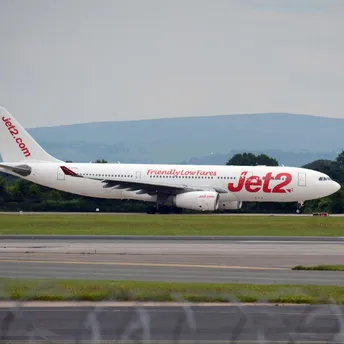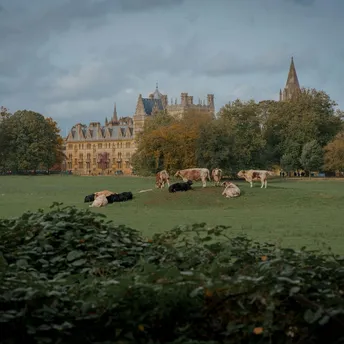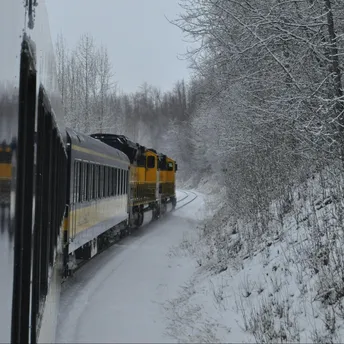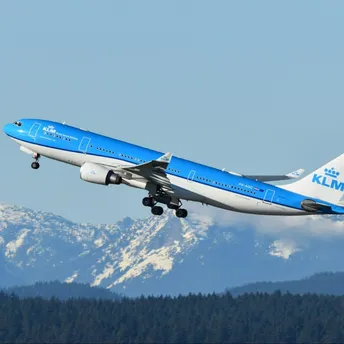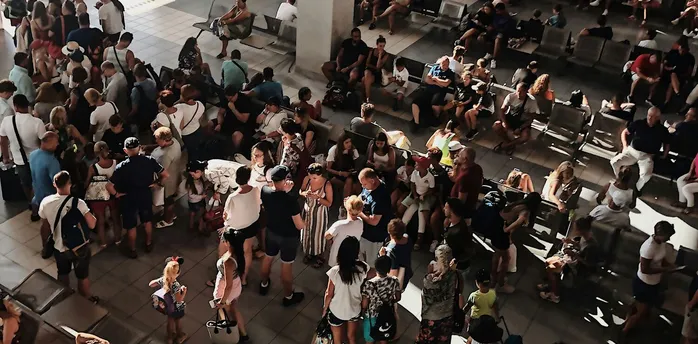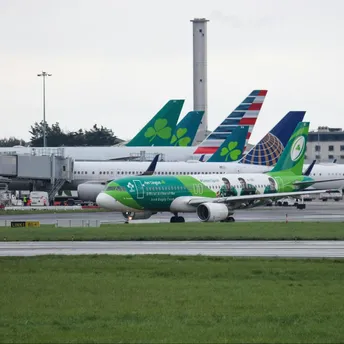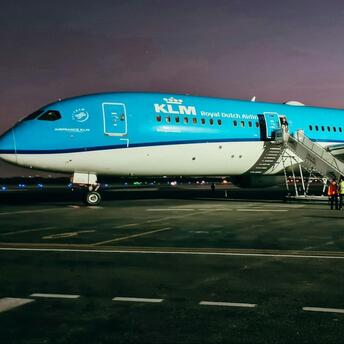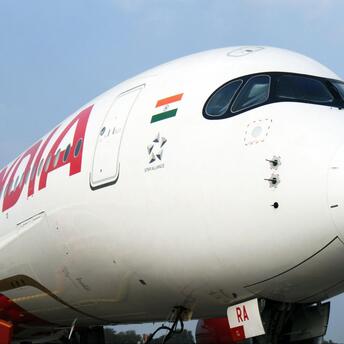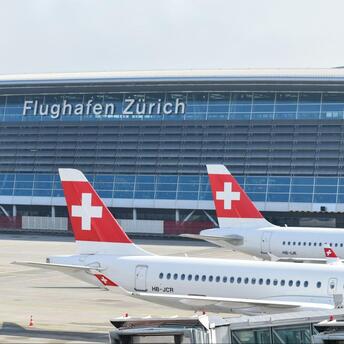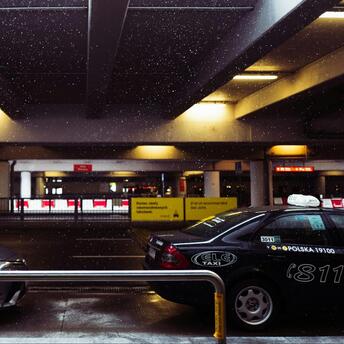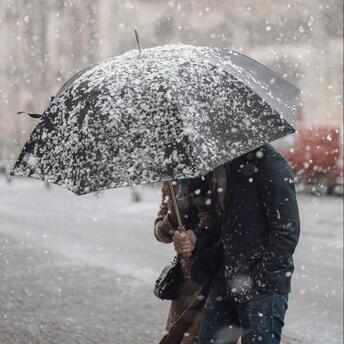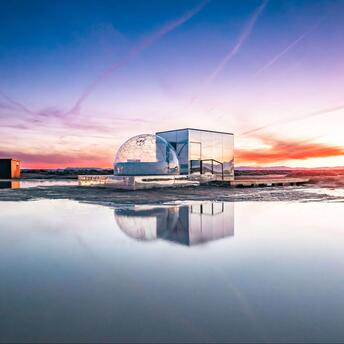Along the Dalai Lama's Path: a new tourist route in India
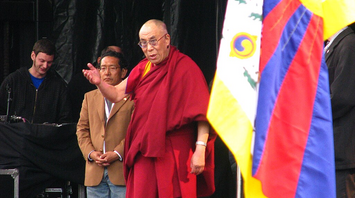
The history of the spiritual leader of Tibet, the Dalai Lama, is filled with both bright and tragic events. It is known that the 14th Dalai Lama fled to India in 1959 and sought asylum there due to persecution.
Now, the government of Arunachal Pradesh is actively transforming the Dalai Lama's escape route into a vibrant spiritual and religious tourist destination. This ambitious project involves the construction of five monuments at the locations where the Dalai Lama rested overnight during his historic journey, as reported by the Times of India.
Many survivors, including monks and ordinary people, of the Chinese attack fled to India through the Himalayas in harsh winter weather conditions. According to historical records, the Dalai Lama's route stretched from Tibet (Tsong) through Ken De Mani in the Zemitang circle, Tawang district.
An interesting site along the trail is "Lhasa Dwar," a small gate marking the exact spot where the Dalai Lama entered India. This location is distinguished by a "holy tree" believed to have grown from a staff dug up by the Dalai Lama, now revered as a relic commemorating this historic event.
Other attractions in the area include a suspension bridge on the Indian side and Gorsam Chorten. Additionally, the new program contributes to environmental development. As part of this initiative, two monasteries have been completed in Thonglek and Lumla, with ongoing work on a museum in Lumla displaying artifacts related to the Dalai Lama.
Recently, representatives of the Department of Tourism, accompanied by the Secretary of Tourism, visited the area to explore the feasibility of developing the trail into a tourist route. Besides the development of cultural and historical tourism, the region is set to receive a boost from a 113-foot Buddha statue being erected in Buri along the Indo-Bhutanese border.
The local government is focusing on developing quality infrastructure to enhance visitor experiences and promote economic growth. It is reported that allocations have already been secured for the planned works. The completed Buddha statue and ongoing developments are expected to significantly boost tourism in the region.
Additionally, plans are underway to develop adventure tourism, including organizing nature festivals to attract nature enthusiasts. These initiatives align with the cultural and ecological richness of the region, positioning it as a new destination for spiritual, religious, and adventure tourism.
As TravelWise previously reported, the first zipline appeared in India.





